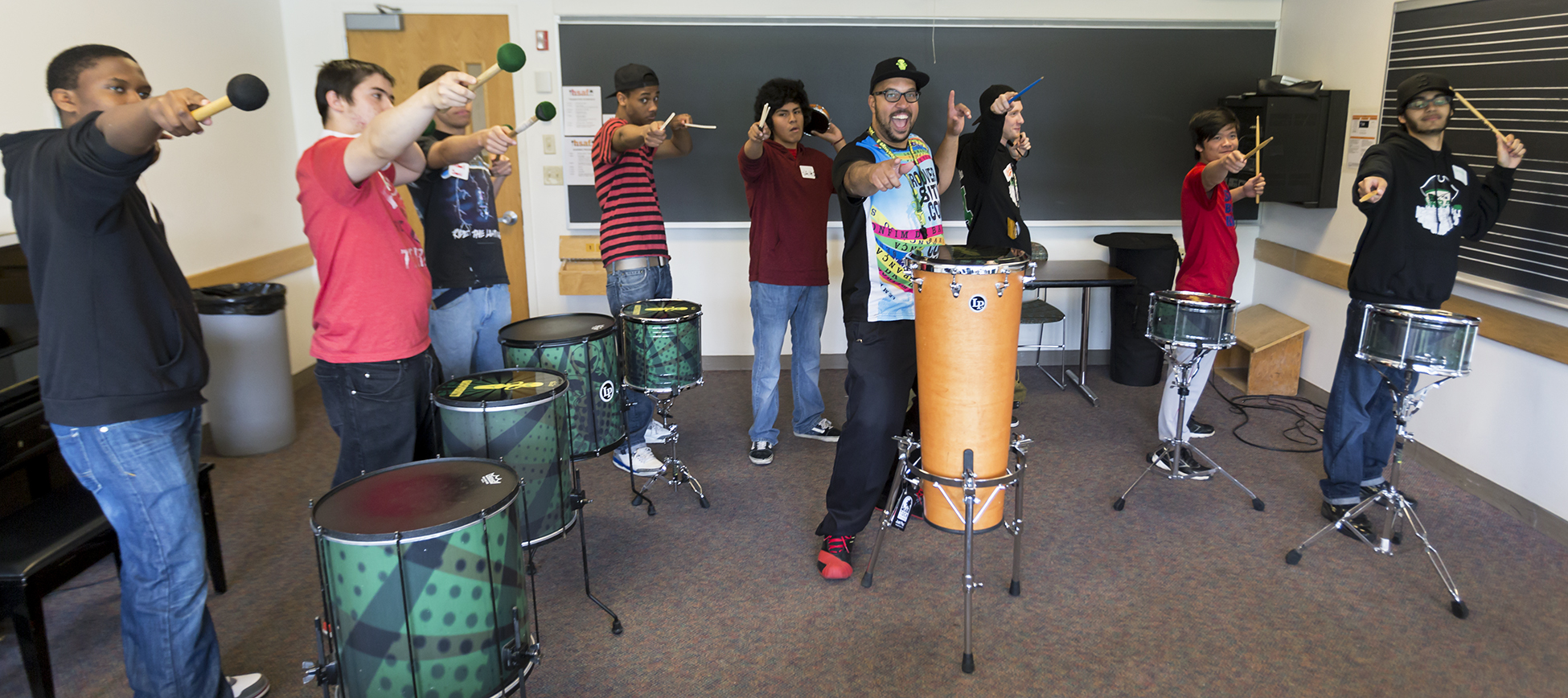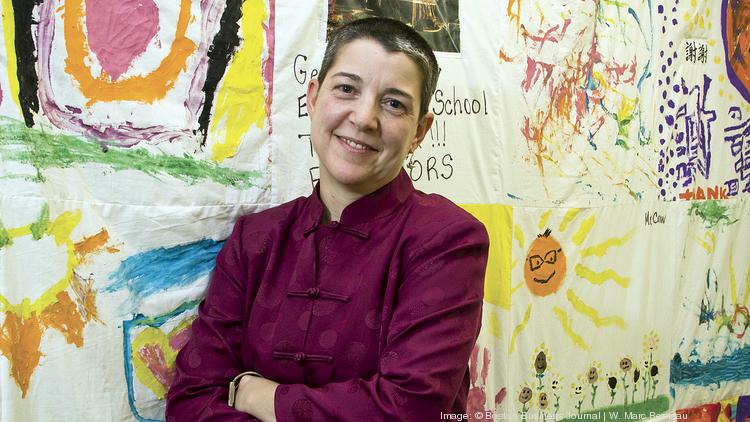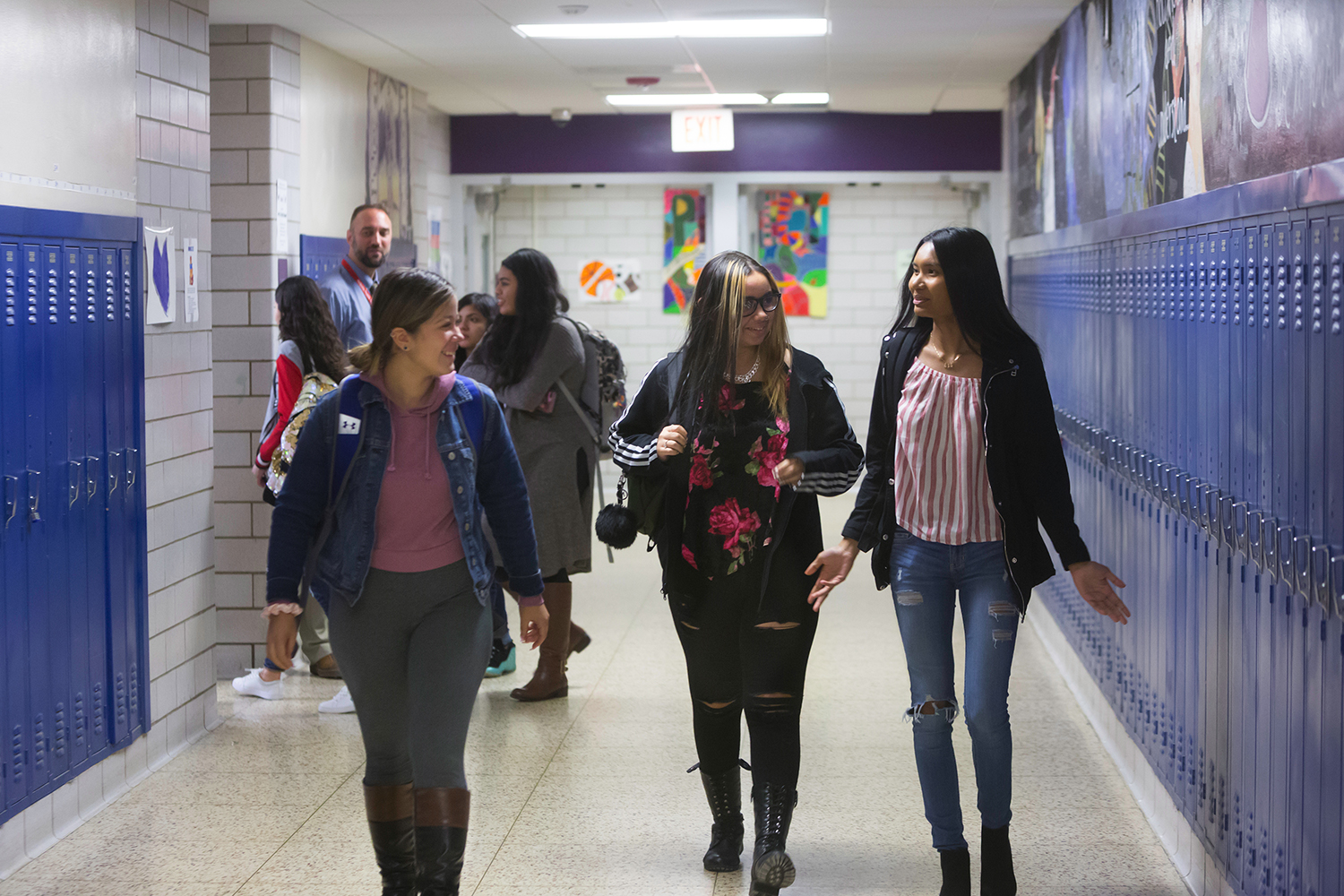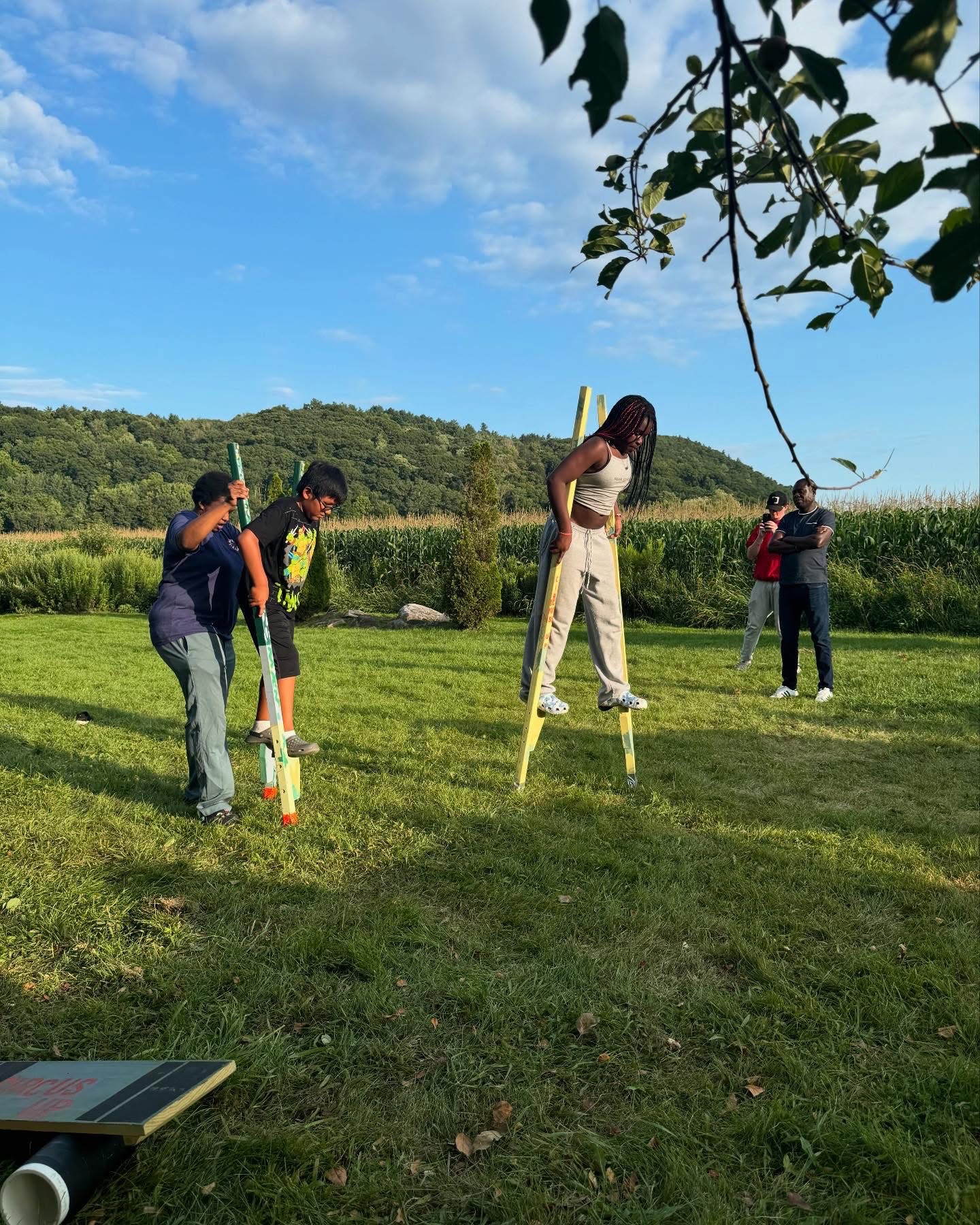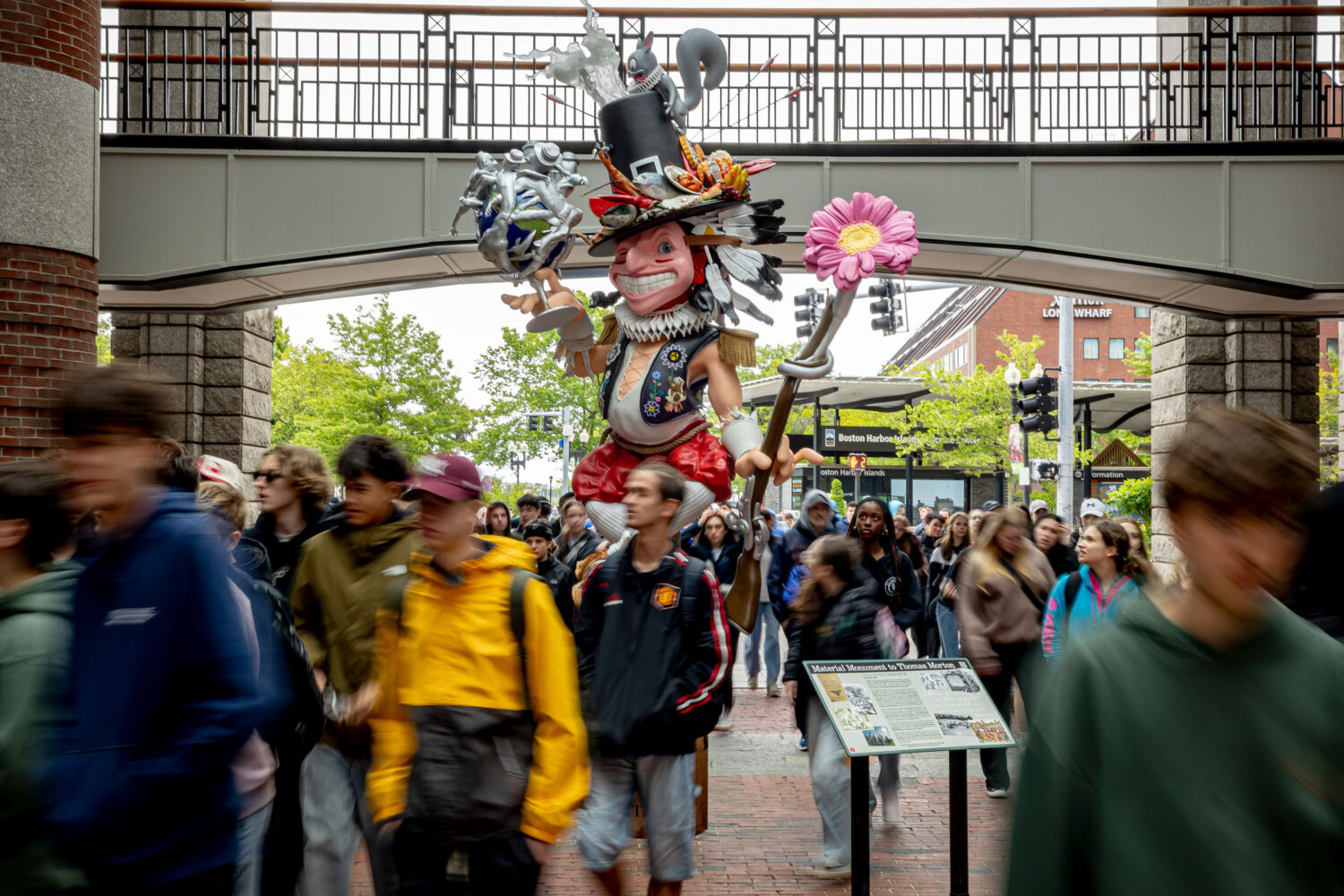In 2008, a group of leaders from the Boston Public Schools (BPS), the Barr Foundation, The Boston Foundation, Hunt Alternatives, The Klarman Family Foundation, the Linde Family Foundation, and EdVestors set their sights on a shared goal of increasing access to quality arts education in Boston. Together they launched a new public-private partnership called the BPS Arts Expansion (BPS-AE). Fast-forward seven years, and BPS-AE has helped 17,000 more students receive arts education during the school day. It has increased public funding leveraged by private investment. And it has dramatically expanded stakeholder engagement in this collective effort.
The success factors behind this effort were many and complex. They are certainly more clear in the rear view mirror. That is why we captured the story and the lessons learned in a new case study, Dancing to the Top: How Collective Action Revitalized Arts Education. The case study is intended to help others learn and adapt the strategies we used.
Here are just three of the many key lessons we learned:
1. Anchor your work in data. Then set clear goals and outcomes.
In the earliest days of the planning effort, we made a critical choice to begin by conducting the first-ever comprehensive inventory of the school-based arts instruction students received, which provided a complete picture of arts education in BPS. Armed with data, we set clear and measurable—yet ambitious—goals. These goals were, and still remain, the compass points for all BPS-AE activities. And to drive movement toward these compass points, we monitor, document, and share out our progress toward these goals as a community accountability and engagement strategy.
2. Don’t count on just one great leader.
We began this work with a relatively new BPS superintendent, Dr. Carol Johnson, who felt passionately that arts education was essential for every student. However, we made sure the work didn’t rest with one leader. We built a multi-tiered leadership structure including an advisory board of influential civic, philanthropic, business, and nonprofit leaders who had stature, networks, and visibility to lend to the effort. We also engaged in a participatory planning and development process aimed at authentically engaging the people most directly involved in arts education: teachers, community arts organizations, and school leaders. And we sought to bring the voices of students and families to the table throughout the effort. This engendered broad ownership at multiple levels that has sustained the work through three superintendents, two mayors, and dozens of other civic transitions.
3. Align and leverage philanthropic engagement.
From our earliest days we had interest from donors, many of whom were already funding youth arts programs. BPS-AE provided a platform for them to come together to impact the system. We co-designed and have continued to execute a collaborative grantmaking program based on incentives to align funded work with BPS-AE goals and desired outcomes. Our lead local collaborative funders—the Barr Foundation, The Boston Foundation, Hunt Alternatives, The Klarman Family Foundation, and the Linde Family Foundation—have been involved both in shaping BPS-AE since its earliest days and in supporting arts programming for students. We were fortunate to attract national funding from The Wallace Foundation, which was aimed at systems change. The complementary nature of these funding streams used strategically is now leveraging a 5-to-1 increase in public funding for in-school arts education.
Suffice it to say, there were more than three key factors to our success (including a focus on communications efforts, such as the new case study). To learn more, we encourage you to read the full case study, which you can download (along with an associated toolkit we created to help guide your efforts) from our website.
While our efforts and this case study focus on the topic of expanding quality in-school arts instruction, we believe the approach and lessons can apply to many other complex issue areas that depend on collective action to advance change.
Please share Dancing to the Top with your networks (you can mention @BPSiCreate and #bpsarts). And please also share your reactions, questions, and ideas with us. We look forward to expanding the conversation!
